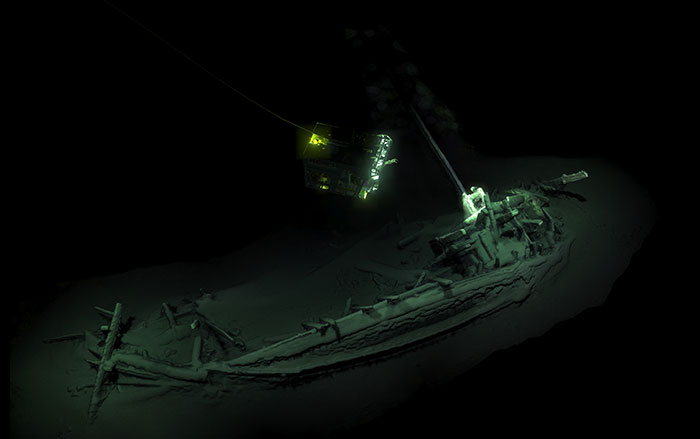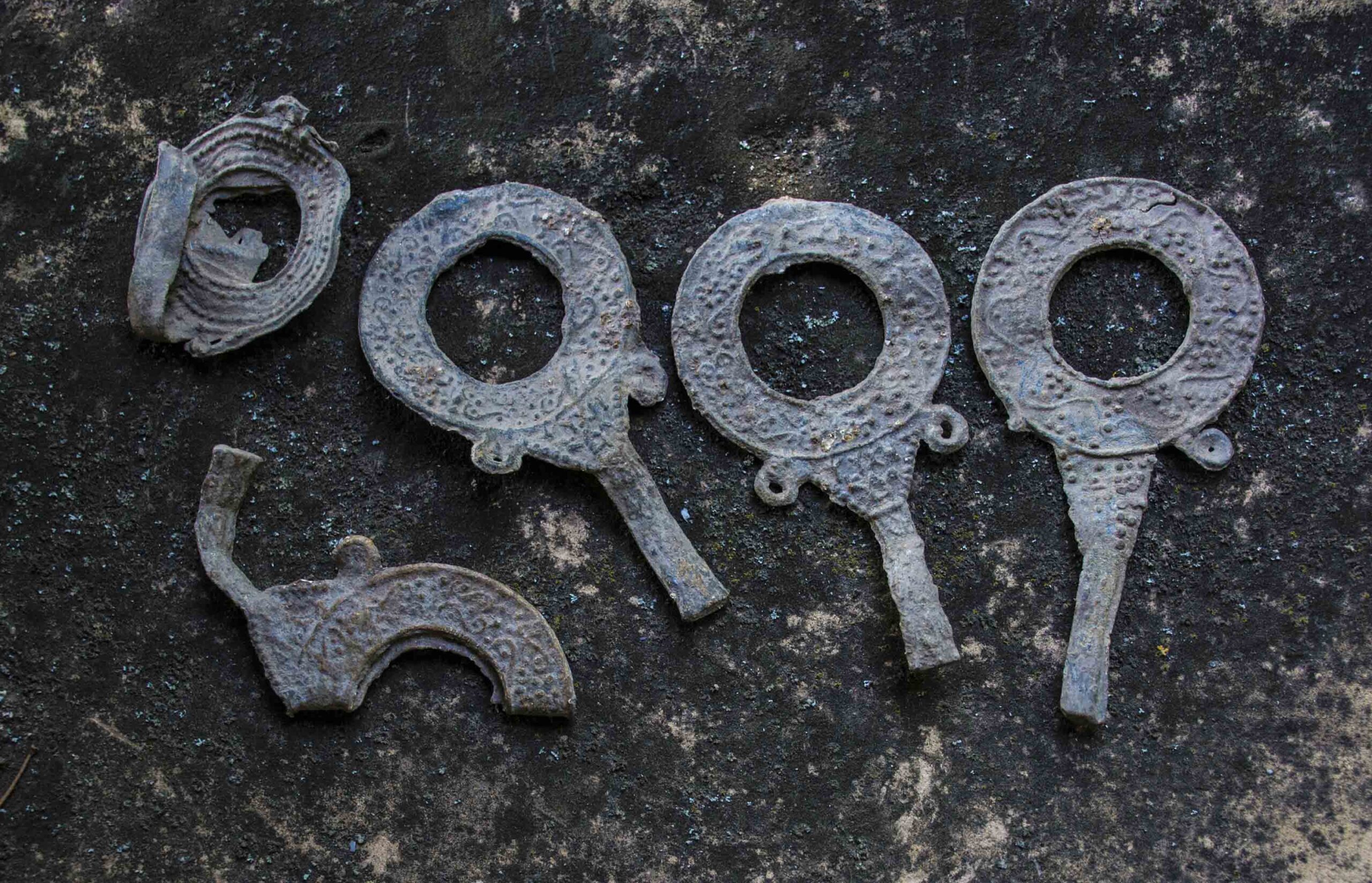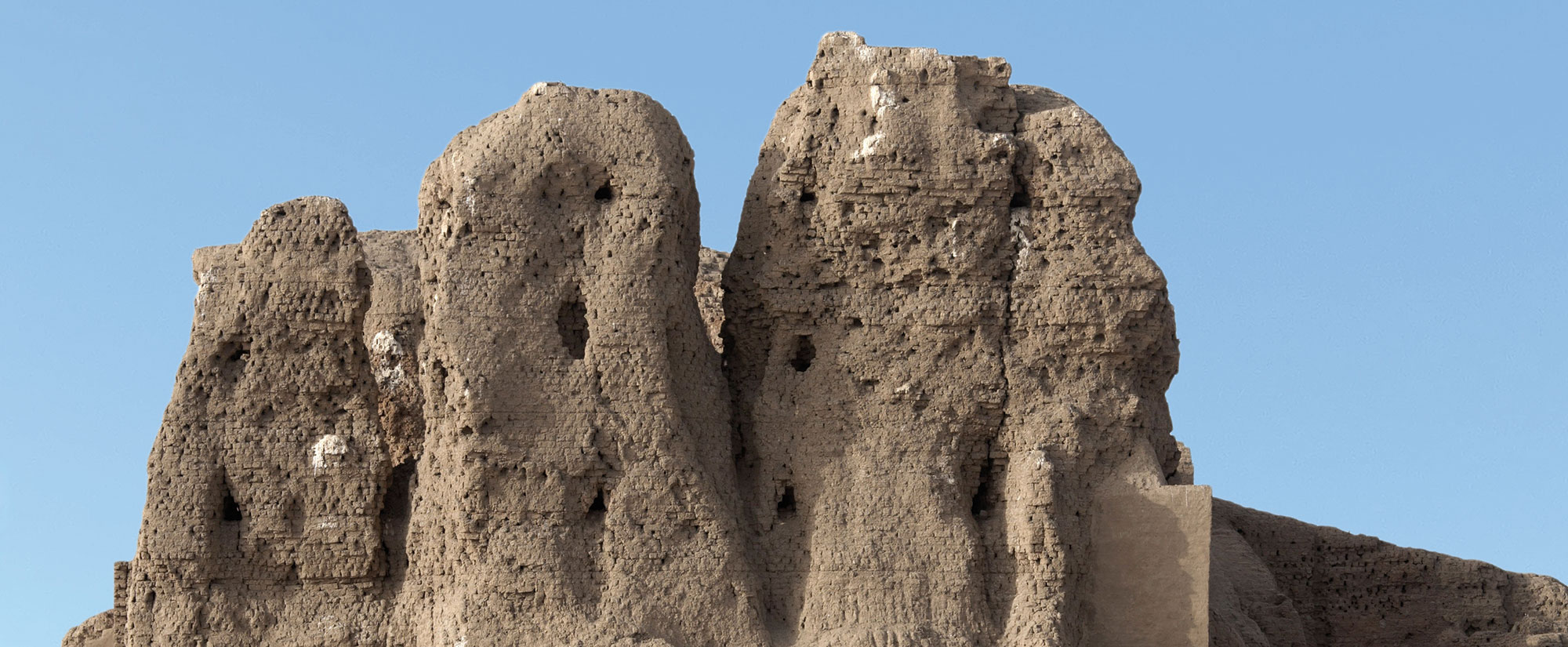OHODEN, BULGARIA—Archaeology in Bulgaria reports that four blades made from obsidian, which originated some 250 miles away in the western Carpathian Mountains, and a 40-million-year-old fossilized sea urchin have been unearthed at the site of the Ohoden Early Neolithic settlement in northwestern Bulgaria. Georgi Ganetsovski of the Vratsa Regional Museum of History said the sea urchin fossil was recovered from one of two large pits. It is thought to have been found and kept by the early agriculturalists. In addition, new radiocarbon dating of a deer horn altar uncovered at the site suggest it is about 9,000 years old, or 1,000 years older than previously thought. “It has turned out that the site has an even earlier layer since the time of the end of the Middle Stone Age, or the Mesolithic,” Ganetsovski said. “This is giving us the rare opportunity to trace the key moment of transition of these human communities from hunting and gathering towards sedentary life and agriculture.” To read about prehistoric hunter-gatherers' transition to more sedentary communities in southern Africa, go to "Our Coastal Origins."
Sea Urchin Fossil Found at Mesolithic Site in Bulgaria
News November 10, 2020
SHARE:
Recommended Articles
Digs & Discoveries March/April 2021
A Dutiful Roman Soldier

(Valeri Stoichkov)

(Courtesy Black Sea Maritime Archaeological Project)
Digs & Discoveries July/August 2018
Mirror, Mirror

(Bulphoto Agency)
Digs & Discoveries November/December 2017
Iconic Discovery
(Courtesy Old Royal Naval College)
-
Features September/October 2020
Walking Into New Worlds
Native traditions and novel discoveries tell the migration story of the ancestors of the Navajo and Apache
 (Courtesy Jack Ives/Apachean Origins Project)
(Courtesy Jack Ives/Apachean Origins Project) -
Letter from Alcatraz September/October 2020
Inside the Rock's Surprising History
Before it was an infamous prison, Fort Alcatraz played a key role defending the West Coast
 (Hans Blossey/Alamy Stock Photo)
(Hans Blossey/Alamy Stock Photo) -
Artifacts September/October 2020
Neolithic Fishhook
 (Svein V. Nielsen, Museum of Cultural History, University of Oslo)
(Svein V. Nielsen, Museum of Cultural History, University of Oslo) -
Digs & Discoveries September/October 2020
Siberian Island Enigma
 (Andrei Panin)
(Andrei Panin)



